|
|
|
|
|
|
|
|
Photo Gallery for Sistrurus miliarius - Pygmy Rattlesnake
| 25 photos are shown. |
 | Recorded by: C. Teague
Beaufort Co.
Comment: |  | Recorded by: B. Fleming
Carteret Co.
Comment: |
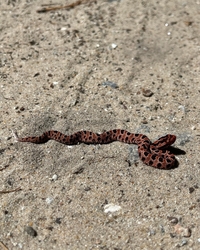 | Recorded by: C. Teague
Beaufort Co.
Comment: |  | Recorded by: C. Teague, B. Bockhahn, C. Blake
Beaufort Co.
Comment: |
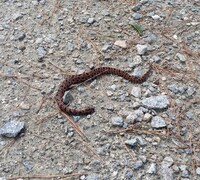 | Recorded by: M. Briley
Beaufort Co.
Comment: | 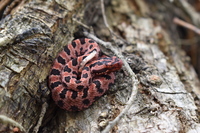 | Recorded by: W. Morris
Beaufort Co.
Comment: |
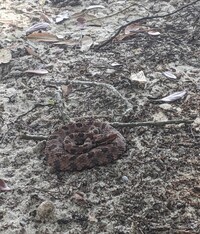 | Recorded by: M. Briley
Beaufort Co.
Comment: | 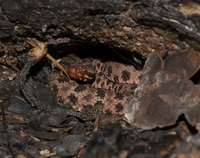 | Recorded by: Ed Corey
Onslow Co.
Comment: |
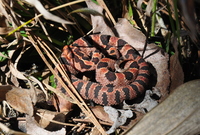 | Recorded by: K. Bischof
Beaufort Co.
Comment: | 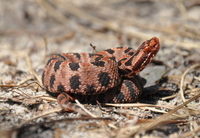 | Recorded by: K. Bischof
Beaufort Co.
Comment: |
 | Recorded by: Candie Bates (Park Visitor)
New Hanover Co.
Comment: |  | Recorded by: N. Crider
Beaufort Co.
Comment: |
 | Recorded by: N. Crider
Beaufort Co.
Comment: | 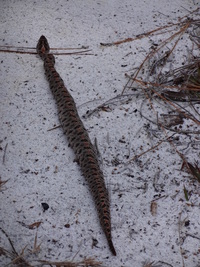 | Recorded by: Jason Brown
New Hanover Co.
Comment: |
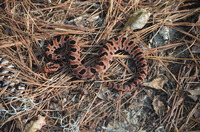 | Recorded by: N. Crider
Beaufort Co.
Comment: | 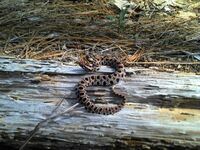 | Recorded by: Erich Hofmann
New Hanover Co.
Comment: |
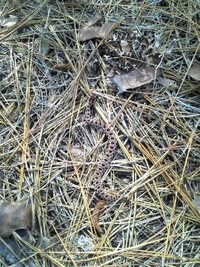 | Recorded by: Erich Hofmann
New Hanover Co.
Comment: |  | Recorded by: K. Bischof, S. Windley
Beaufort Co.
Comment: |
 | Recorded by: K. Bischof
Beaufort Co.
Comment: | 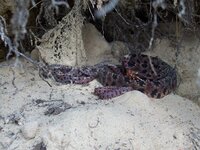 | Recorded by: K. Bischof, C. Cabral
Beaufort Co.
Comment: |
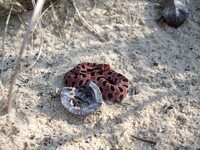 | Recorded by: K. Bischof, M. Smith
Beaufort Co.
Comment: | 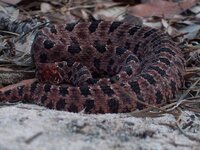 | Recorded by: K. Bischof, K. Thompson
Beaufort Co.
Comment: |
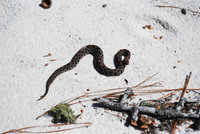 | Recorded by: Carla Edwards
New Hanover Co.
Comment: |  | Recorded by: T. Taylor, J. Davis, J. Privette
New Hanover Co.
Comment: |
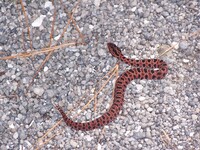 | Recorded by: P. Wahab, C. Dykstra
Beaufort Co.
Comment: |
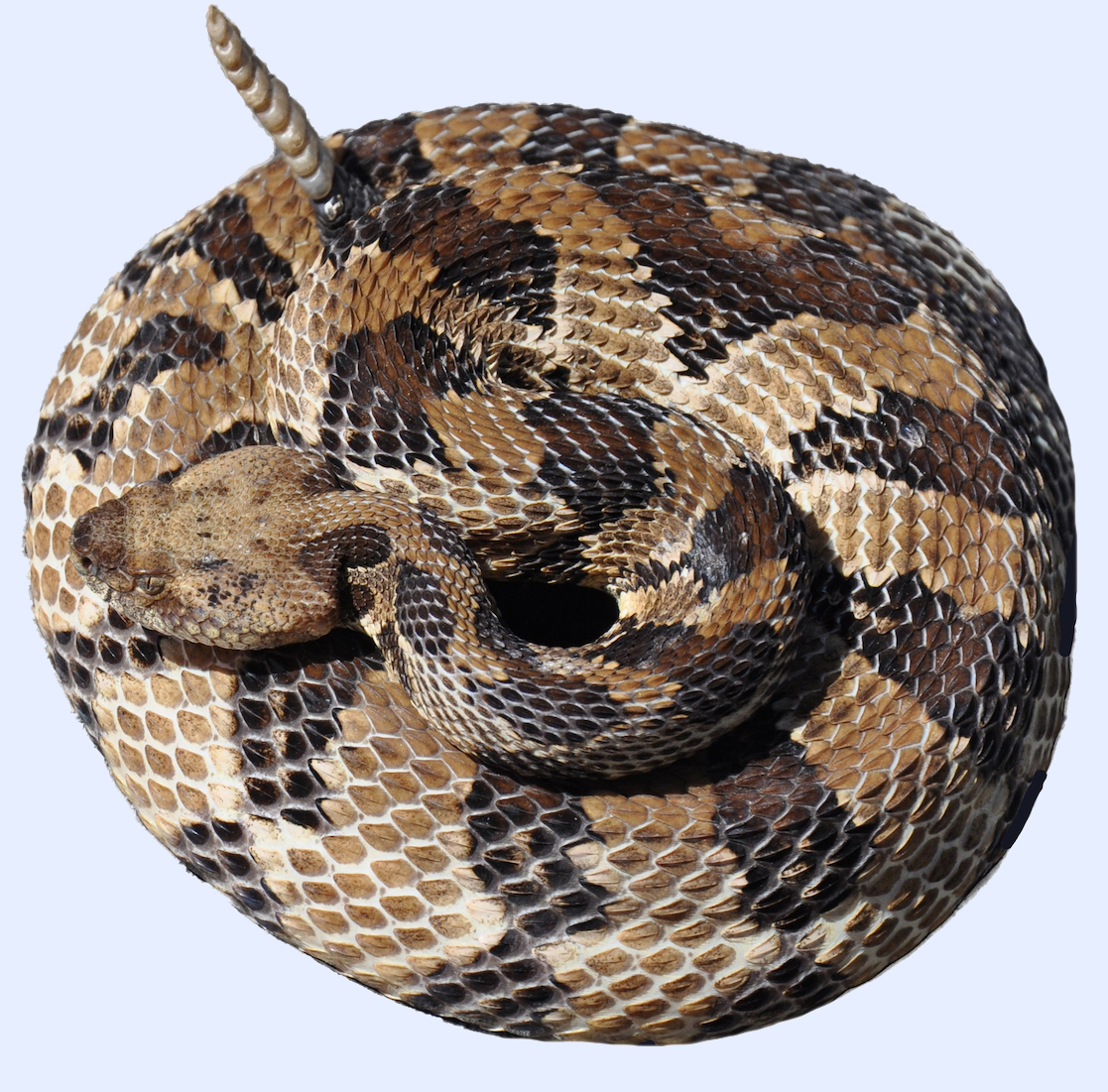
 »
» 



 »
» 

